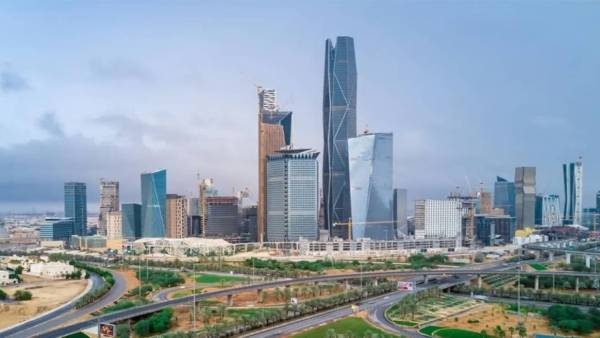Foreign direct investment (FDI) in Saudi Arabia has surged dramatically, with an inflow of SR96 billion ($25.5 billion), surpassing established targets. The Kingdom has released comprehensive FDI statistics for 2023, utilizing a new methodology from the Balance of Payments Manual (BPM6) published by the IMF.
These statistics were generated through a meticulous analysis of all licensed international investors in the Kingdom, providing insights into FDI by economic activity, investor country, and administrative region, thereby aiding investors in making informed decisions.
The new data indicates that actual FDI performance has exceeded the National Investment Strategy (NIS) targets. The highlights include:
- FDI inflow amounted to SR96 billion ($25.5 billion) in 2023, exceeding the NIS target of SR83 billion ($22 billion) by 16 percent.
- FDI inflow reached 2.4 percent of GDP in 2023, aligning with the NIS target.
- FDI inflow grew by 50 percent in 2023 compared to 2022 when excluding the exceptional Aramco pipeline deal in 2022.
- The Kingdom’s FDI stock increased by 13 percent in 2023 compared to 2022, totaling approximately SR900 billion ($240 billion).
This data showcases Saudi Arabia’s strong momentum as an attractive global investment destination, bolstered by Vision 2030 programs, sector strategies, and initiatives aimed at drawing more foreign investments from around the world.
In comparison to other G20 countries, Saudi Arabia ranked 11th for FDI net inflow and 16th for cumulative FDI stock in 2023. Additionally, the Kingdom achieved 2nd place for FDI net inflow growth rate and 4th for FDI stock growth rate in the same year.
When analyzing market segments, manufacturing emerged as the leading activity in terms of FDI stock, inflow, and net inflow. The United States topped the list of the top 15 countries by ultimate controlling parent (UCP), holding SR202 billion ($54 billion) and accounting for 23 percent of total FDI stock in the Kingdom. The UAE ranked first in FDI inflow, contributing SR13 billion ($3 billion), which represents 14 percent of the total.
Since the announcement of Vision 2030 in 2016, key FDI indicators have shown significant improvement, with the National Investment Strategy exceeding its targets in 2021, 2022, and 2023. A comparison of FDI data since the launch of Vision 2030 reveals:
- FDI inflow nearly tripled, with the average over the last three years (2021-2023) reaching SR112 billion ($30 billion), compared to an average of SR43 billion ($11.5 billion) from 2013-2015 (before Vision 2030).
- From 2017 to 2023, FDI inflows (gross) increased by over 240 percent, from SR28 billion ($7.5 billion) in 2017 to SR96 billion ($25.5 billion) in 2023.
- FDI outflows dropped by around 60 percent in the same period, decreasing from SR24 billion ($6.5 billion) to SR10 billion ($2.7 billion).
- FDI net inflows surged by over 2,000 percent, from SR4 billion ($1.1 billion) to SR86 billion ($23 billion).
- FDI stock grew by approximately 80 percent, increasing from SR502 billion ($134 billion) to nearly SR900 billion ($240 billion).
- FDI inflows as a percentage of FDI stock rose from 6 percent in 2017 to 11 percent in 2023.
- FDI outflows as a percentage of FDI stock fell from 5 percent in 2017 to 1 percent in 2023.
Minister of Investment Eng. Khalid A. Al Falih remarked that the data convincingly illustrates the success of Vision 2030 in diversifying and growing the economy, creating a top-tier investment environment, and offering unprecedented opportunities for investors.
He stated: “These detailed numbers show that Vision 2030 and the National Investment Strategy are succeeding in attracting FDI across the country from numerous source countries and into a wide range of sectors. It is positive shifts like this in FDI that I expect we will continue to see as more investors enter the fast-growing Saudi market to take advantage of our political stability, long-term economic vision, market size, policy certainty, strong economic, fiscal and monetary fundamentals, and strategic position, which provide an excellent platform to access growth opportunities across the Middle East and beyond. While there is still work to do, I am encouraged by the transformation that we are witnessing in the Kingdom, which will only continue to accelerate, underpinned by our ambitious sector strategies including the NIS, and the catalytic role of the PIF, as well as our giga projects.”








